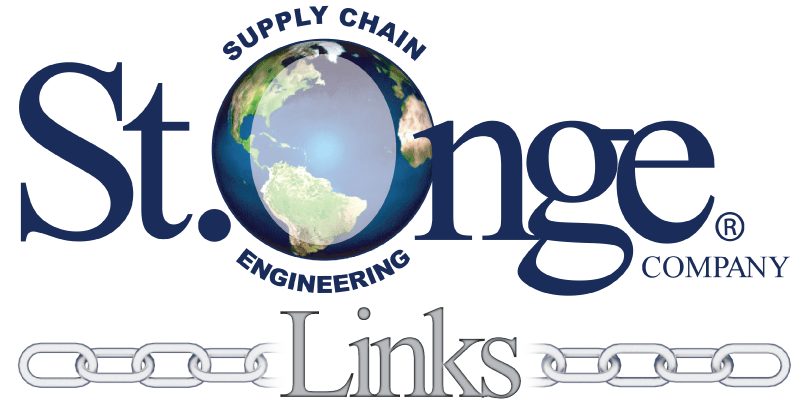 Strengthening your supply chain one link at a time.
Strengthening your supply chain one link at a time.
Our Fascination with New Technology
Like many people, I am fascinated by the potential of new technology. It is exciting to feel that some new machine will somehow make our lives better, easier, or more fun. Since I was a child, I have had a particular interest in robotics. Still, to this day, my attention is piqued whenever I see a news segment proclaiming “the robots are here.” Often this is accompanied by a reporter interviewing a research scientist along with a video clip of a prototype system doing something amazing – like playing ping pong, picking a strawberry, or doing a backflip. In the age of YouTube, we can search and find many short videos of amazing robots doing incredible things.
These videos remind me of my life 25 years ago when I worked in a university robotics lab designing my own amazing machines. I also remember making a few videos with an old VHS movie camera. My fellow students and I would set up the robot, start the camera, watch the robot fail, and restart again. And again. And again. Eventually, with enough tries, we would have the perfect video clip of our robot that we could show our professor. The robot didn’t need to work every time – just enough to make a good video and prove that the concept we were studying could be possible.
An Example from a Contest
In 2016, Amazon held their second “Picking Challenge,” where they invited 20 teams from around the world to compete against each other to develop a robot that would pick orders from a shelf like a person. The winning team was able to pick at a rate of 100 pieces per hour with a failure rate of just over 16%. Although this was an excellent result for a new technology contest, in the real world, most distribution managers would not accept a system that has an error of some kind every five minutes.
The win was a superb achievement, and the champions were rightly proud of their success. Members of the team went on to form a robotics startup company that is working to bring this type of technology into real distribution centers around the world. You can find impressive video clips of their progress on YouTube. At this time, several years later, they are certainly better than before, but by how much? It would be a great accomplishment to cut the failure rate in half from 16% down to 8%, and even more impressive if they dropped it even lower. Unfortunately, we can’t tell how good they are today from their short, carefully selected online videos since every video is perfect.
What to Look For
For most companies, it is not good enough to have a robot that only works for 30 seconds in a YouTube video clip. More and more, we see distribution facilities that run 24/7, picking thousands of orders per day. It is not uncommon to have a warehouse accuracy rate of 99.7% or better. Introducing a technology that is not ready for prime time into this busy environment may actually take a company backward rather than propel it forward.
When looking at a new warehouse technology, here are a few simple questions that you can ask to understand better how market-ready the system really is:
Closing Thoughts
It is a great time to be in the world of logistics if you are interested in technology. The costs of sensors, robotic hardware, and computer power continue to drop, and things that were impossible a few years ago are now starting to become a reality. The rate of progress is fast, and new developments are showing up every day. However, just because there is a new development does not mean the technology is rugged and ready for prime time.
My advice is to stay excited about new technologies and encourage their development while at the same time working to understand how robust a new system really is before deploying it. Even if a system does not seem rock solid, your organization may find great value from installing a pilot project and learning along the way. Partnering with a startup company and helping them make a new technology successful can benefit everyone in the long run while giving your company a first-mover advantage. Who knows, you might even get on the news with your very own video clip.
-Tom Bonkenburg, St. Onge Company